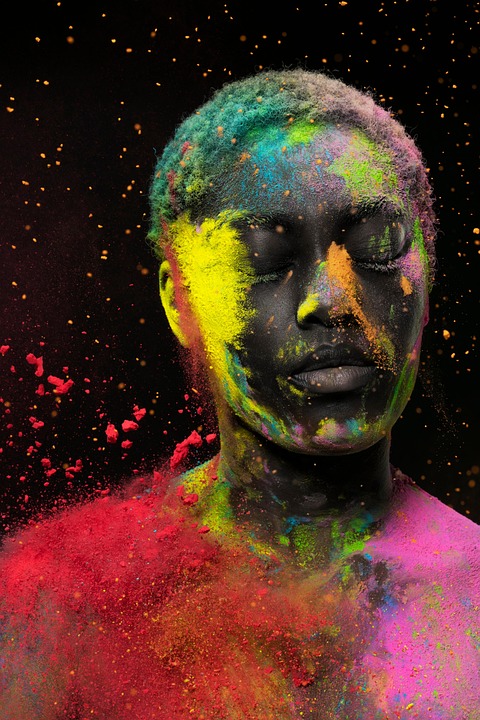[ad_1]
Non-fungible tokens (NFTs) have transitioned far beyond their initial conception as digital art pieces. In 2023, we witness a burgeoning landscape where NFTs find applications across various industries. Through their unique ability to represent ownership, blockchain technology provides an array of innovative use cases. This article explores the diverse applications of NFTs, focusing on sectors such as music, gaming, fashion, education, and real estate.
1. NFTs in the Music Industry
The music industry has been one of the strongest advocates for NFTs. Musicians are leveraging this technology not just for selling music but for creating unique experiences for fans.
- Music Ownership: Artists can sell exclusive rights to their music tracks, allowing fans to own a piece of their favorite songs.
- Concert Access: Virtual concerts and backstage passes can be sold as NFTs, offering unique fan engagement opportunities.
- Merchandising: Unique digital merchandise, like limited edition album covers or artwork, can also be tokenized and sold as NFTs.
2. NFTs in Gaming
Gaming has been a frontrunner in adopting NFTs. These digital assets allow players to truly own the items they acquire in-game.
- In-Game Assets: Players can buy, sell, and trade skins, weapons, and other in-game items across platforms.
- Play-to-Earn Models: Games are integrating NFT rewards, allowing players to earn real-world value through their online activities.
- Interoperability: NFTs allow the possibility of transporting assets across different games and universes, challenging the traditional confines of gaming ecosystems.
3. NFTs in Fashion
The fashion industry is embracing NFTs, using them to authenticate products and offer customers unique experiences.
- Authenticity Verification: Brands can issue NFTs that verify the authenticity of luxury items, preventing counterfeiting.
- Digital Fashion: Virtual clothing items can be designed and sold for avatars in digital environments, appealing to the growing metaverse population.
- Collaboration and Exclusivity: Fashion houses can collaborate with artists and designers to create limited NFT collections that reflect trends and inspire collectors.
4. NFTs in Education
The educational sector is slowly but surely beginning to explore the use of NFTs for credentialing and course verification.
- Certification and Diplomas: Institutions can issue NFTs as verified credentials, making it easier for employers to authenticate a graduate’s achievements.
- Course Materials: Educators can tokenize course materials, offering exclusive access to students who purchase them.
- Faculty Recognition: NFTs can be used to recognize faculty achievements, making their contributions publicly verifiable.
5. NFTs in Real Estate
Real estate is witnessing a transformation through NFTs, offering a novel approach to property transactions.
- Ownership Tokens: Properties can be represented as NFTs, simplifying the buying and selling process by removing intermediaries.
- Fractional Ownership: NFTs allow for fractional ownership of real estate, making it more accessible for investors to enter the market.
- Smart Contracts: Transactions can be executed through smart contracts, ensuring transparency and reducing legal complexities.
Conclusion
The journey of NFTs from digital art to a multifaceted technology is remarkable. As we progress through 2023, it’s evident that the unique properties of NFTs offer innovative solutions across several sectors. From empowering musicians and gamers to revolutionizing the fashion, education, and real estate industries, the applications are endless. The key takeaway is that NFTs are not just a digital novelty; they are a transformative tool enabling a more decentralized, transparent, and owner-driven economy.
FAQs
What are NFTs?
NFTs, or non-fungible tokens, are unique digital assets verified using blockchain technology. They can represent ownership of digital or physical items, such as art, music, properties, and more.
How do NFTs differ from cryptocurrencies?
Unlike cryptocurrencies, which are fungible and can be exchanged for one another at equal values, NFTs are unique and cannot be replaced with something of equal value. Each NFT has distinct information that makes it different from others.
Are NFTs only used for art?
No, while NFTs gained popularity through digital art, they are now used in various sectors, including music, gaming, fashion, education, and real estate.
How can I create my own NFT?
You can create your own NFT by using platforms like OpenSea, Rarible, or Mintable. These platforms allow you to upload your digital creation, set its price, and mint it as an NFT.
What is the environmental impact of NFTs?
The environmental impact largely depends on the blockchain used to mint the NFTs. Some blockchains utilize proof-of-work mechanisms, which consume significant energy. However, others are moving towards more sustainable models, like proof-of-stake, reducing their carbon footprint.
[ad_2]
